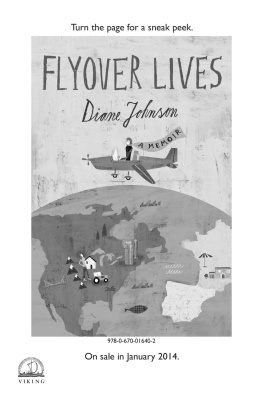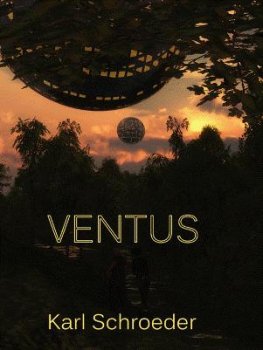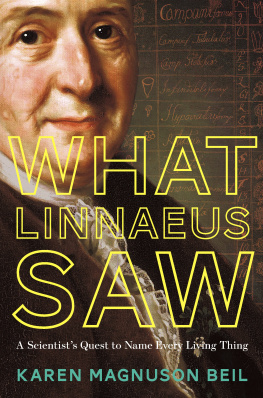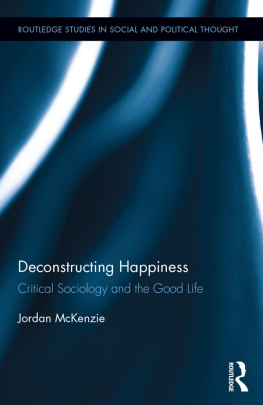Ordering Life
ORDERING LIFE
KARL JORDAN
and the Naturalist Tradition
KRISTIN JOHNSON

2012 The Johns Hopkins University Press
All rights reserved. Published 2012
Printed in the United States of America on acid-free paper
2 4 6 8 9 7 5 3 1
The Johns Hopkins University Press
2715 North Charles Street
Baltimore, Maryland 21218-4363
www.press.jhu.edu
Library of Congress Cataloging-in-Publication Data
Johnson, Kristin, 1973
Ordering life : Karl Jordan and the naturalist tradition / Kristin Johnson.
p. cm.
Includes bibliographical references and index.
ISBN 978-1-4214-0600-8 (hdbk. : alk. paper) ISBN 978-1-4214-0650-3 (electronic)
ISBN 1-4214-0600-4 (hdbk. : alk. paper) ISBN 1-4214-0650-0 (electronic)
1. Jordan, Karl, 18611959. 2. EntomologistsBiography. 3. TaxonomistsBiography. 4. BiologyClassification. I. Title.
QL31.J65J33 2012
595.7092dc23
[B] 2011048239
A catalog record for this book is available from the British Library.
Special discounts are available for bulk purchases of this book.
For more information, please contact Special Sales at 410-516-6936 or specialsales@press.jhu.edu.
The Johns Hopkins University Press uses environmentally friendly book materials, including recycled text paper that is composed of at least 30 percent post-consumer waste, whenever possible.
By using a single butterfly as a special text, one may
discourse at pleasure of many.
Samuel H. Scudder, The Life of a Butterfly, 1893
Contents
1
Joining the Naturalist Tradition
2
Reforming Entomology
3
Ordering Beetles, Butterflies, and Moths
4
Ordering Naturalists
5
A Descent into Disorder
6
Taxonomy in a Changed World
7
The Ruin of War and the Synthesis of Biology
8
Naturalists in a New Landscape
Illustrations appear following
Ordering Life
Introduction
In the spring of 2000, a group of technology leaders gathered at a dinner party in San Francisco. Flush with money from the technology boom, former Microsoft chief technology officer Nathan Myhrvold wished to discuss what sorts of projects needed funding. Kevin Kelly, the founder of Wired magazine joined in, as did Stewart Brand, the creator of The Whole Earth Catalog. During the course of the evening, Kelly suggested supporting a global inventory of all living animals and plants, but the group assumed it was already being done. After all, the task had been mentioned in the first pages of Genesis, no less.
Yet the group soon found that not only did the global biological inventory remain unfinished but those who had given themselves the tasktaxonomistshad completed only 1.5 to 30 percent of the job (depending on ones estimate of the number of creatures living on the planet). Having discovered these shocking facts, Kelly and others founded the All Species Foundation (ASF). The foundations goal can be simply stated: catalog and describe every species on Earth within twenty-five years. They formulated the project, not surprisingly, with modern technology in mind, imagining a Web page devoted to each species. Proponents estimated that completing the list would require around $20 billion. Some of the biggest names in biology signed on to the project, including Edward O. Wilson of Harvard and Peter Raven of the Missouri Botanical Garden.
Ultimately, the dot-com bust ended the ASFs extraordinarily ambitious project. But its founders confrontation with the state of the catalog of life on this planet raises important questions about the status of the primary scientific tradition to which anyone with such goals must turn: the naturalist tradition, and, more specifically, the endeavor of taxonomy (taxonomy is here used interchangeably with the term systematics). In their astonishment that a world inventory had not yet been done, Kelly and his colleagues must have been wondering what taxonomiststhose who name, describe, and classify living beingshad been doing with all their time and resources. Hadnt they been working on the global biological inventory (albeit under different names) since at least the eighteenth century? And didnt they have gigantic institutionsnatural history museumsin every national capital in which to complete the project? After all, how difficult could naming organisms be? In other words, the ASFs vision highlights an interesting problem concerning the study of biodiversity; namely, how do we know what we know about biodiversity and, conversely, why do we seem to know so little?
Traditions by definition have histories. To help answer these questions in a historical way, this book takes the life and work of the entomologist Karl Jordan as a guide through the history of the naturalist tradition in the twentieth century. Jordan spent nearly seven decades endeavoring to name, describe, and order a small subset of the worlds biodiversity. As a curator of insects employed first by Walter Rothschilds zoological museum in Tring, England, and then by the Natural History Museum in London, he described 2,575 species of Coleoptera, Lepidoptera, and Siphonaptera as well as another 851 species while working with Walter or Charles Rothschild. He thus would seem to have brought us a few steps closer to the fulfillment of the ASFs goal. The total number (3,426 species), while impressive, amounts to about 0.3 percent of the known animal world. Examining the backstory of that number provides a fascinating entree into the complex reasons for why completing the inventory of our planets biodiversity remains elusive.
The fact that Jordans works were (and still are) praised as models of taxonomic investigation (one lepidopterist remembers that when Jordan visited the halls of the Natural History Museum in London as an old man in the 1950s, one did not say hello to him: You sort of clicked your heels and stood at attention!) is an important element of why in these chapters he is chosen as a guide. For this book ultimately asks, how and in what kind of environment could Jordan do work that others found so impressive and sound? What prevented him from doing more? Using Jordan as a guide through the taxonomic wing of the naturalist tradition, one can examine the various opportunities and challenges confronting those working to describe, order, and explain biodiversity in the twentieth century.
As a specialist on various groups of insects, Jordan, or KJ, as he was known to his friends, was himself known by many names during the almost seven decades in which he carried out the meticulous work of ordering the chaos of diversity within nature. To medical entomologists he was the Dean of Siphonapterists, owing to his pioneering work on flea classification and his role in The range of epithets illustrates the range of criteria by which naturalists have themselves been ordered as they have carried out the old project of ordering life.
Jordan called himself betimes a taxonomist, entomologist, systematist, or, in his more ironic moods, a species-maker. This term species-maker was an inside joke for his colleagues and a tongue-in-cheek reference to the fact that by the time Jordan began his life in systematics, many could see little science and less skill in naturalists endeavor to name, describe, and order the living world. The reasons for such perceptions are various, but one can start with the implications of evolution theory for describing and ordering species. In a nonevolutionary paradigm governed by the theory of special creation, naturalists may have differed regarding their ability to discern the boundaries of those God-made species. But their difficulties certainly did not arise from the fact that species changed over time. Indeed, the naturalist tradition was often justified on the ground that naming, describing, and ordering animal and plant life revealed the plan of Gods creation, thereby illustrating both his wisdom and beneficence.
Next page


















